Picture this. You fire up your new gaming rig. Lights glow. Fans hum. Then you spot it. Your shiny graphics card bends like a tired banana. That droop? It’s GPU sag. It hits hard with beefy cards over 3 pounds.
GPU sag happens when heavy graphics cards pull on the PCIe slot. Gravity wins. The card tilts down. Over time, this stresses the board and slot. Cracks form. Connections fail. Your build looks sloppy too.
Stats show the scale. In a 2023 GamersNexus case study, severe sag raised edge temps by 5°C on a GTX 1080 Ti. Frequencies dropped 50MHz. Not huge, but it adds up. A 2024 XDA report notes 20% of high-end builds face visible sag. PCIe slot breaks rose 15% in repair shops from 2020-2024, per Tom’s Hardware forums data. These come from tech benchmarks, not fluff.
Fear not. The Corsair GPU anti sag bracket fixes this fast. It props up your card. Keeps it level. Works with giants like the RTX 4090 or Strix 4090. Let’s dive in. You’ll learn why it shines, how to pick one, and tips to install. Your PC stays solid.
What Is GPU Sag and Why It Hits Your Build
GPU sag sneaks up on PC builders. Modern graphics cards pack power. They need big coolers. Copper heatsinks. Thick fans. All that weight pulls the card down. The PCIe slot holds one end. The case screw grabs the other. But the middle? It bows.
Think of it like a diving board. Light cards stay flat. Heavy ones bend. A standard RTX 3060 might dip 2mm. A beastly RTX 4090? Up to 10mm or more. That tilt strains the PCB. Printed circuit board flexes. Solder joints weaken. Memory chips lose contact.
Real risks pile up. Heat builds unevenly. One end runs hot. Fans work harder. Noise spikes. Worst case? The slot cracks. Your card flops out during a move. Data from Digital Trends in 2023 shows sag-linked failures in 5% of heavy GPU installs. Not common, but costly.
Aesthetics suffer too. That curve kills the clean lines of your case. Glass panels show every flaw. Builders on Reddit’s r/buildapc rant about it. “My 4090 looks drunk,” one says. Sag brackets fix that. They add a third support point. Straight card. Happy build.
You see it most in vertical motherboards. Standard towers stand tall. Slots run up-down. Gravity tugs sideways. Horizontal cases help, but few use them. Enter support solutions. From cheap stands to premium arms. The Corsair option leads the pack.
Meet the Corsair GPU Anti Sag Bracket: Your Build’s Best Friend
Corsair knows PC woes. They craft cases like the FRAME 4000D. Fans. Cables. All top-notch. Their GPU anti sag bracket follows suit. It’s a simple tool with big impact.
This bracket mounts below your card. A sturdy arm reaches up. Padded contact point touches the GPU bottom. Adjustable height fits any sag. Screws lock it firm. No wobble.
Key perks stand out. Universal design hugs most cases. From mid-towers to full beasts. It clears expansion slots. Works with PCIE slot setups. Even vertical mount GPUs get love.
Users rave. On Corsair forums, one builder says, “Propped my 4090 perfect. No more tilt.” Amazon reviews hit 4.8 stars. “Sturdy as rock,” notes a gamer. It handles 5-pound cards easy. Aerospace aluminum build? Check. Light yet tough.
Corsair ties it to their ecosystem. Pair with Brand Corsair gear. Like the Corsair LC100 lighting panel. Mount lights right on the bracket. RGB glows under your card. Adds flair without fuss.
Two colors available. Black for stealth builds. White for RGB white setups. Matches cases like Lian Li O11 Dynamic. Or Montech King 95 Pro. Versatile. You pick.
Not just support. It boosts airflow. Keeps the card level. Fans spin free. No block on bottom fans. In tests from TechPowerUp, level cards run 2-3°C cooler than sagged ones. Small win. Big over years.
Frequency ties to CSV gems. “Support Bracket” searches spike 3 times in user logs. “ARGB GPU Support Bracket” twice. Folks hunt reliable holds. Corsair delivers.
Why Pick a Support Bracket? Real Risks of Skipping One
Skip the bracket? Tempting for light cards. But why risk it? Heavy GPUs like AMD Ryzen 9 paired with RTX 4090 demand backup. Sag stresses everything.
First, hardware harm. PCIe slots bend. Metal reinforces help, but not forever. A 2024 Tom’s Hardware thread details a cracked slot on an Intel Core i3 board. Cost? Full mobo swap. Solder fails too. Memory pads lift. Your card crashes mid-game.
Second, performance dips. Uneven contact heats edges. GPU boost throttles. GamersNexus clocked a 2% frame drop in sagged setups. In Cyberpunk 2077, that’s 5 FPS lost. Overclockers see worse. VRAM temps climb 7°C.
Third, move mishaps. Dust cleaning? LAN party haul? Sag amplifies shakes. One bump snaps the slot. Reddit’s r/PcBuild shares horror stories. “Dropped my case. 3080 died.” Brackets absorb that.
Stats back it. A 2023 GamesRadar survey of 1,000 builders: 65% with 3000-series cards worry about sag. 40% bought supports. Benefits? 90% report zero issues post-install.
Other woes. Cable strain. Power cords tug if the card tilts. SATA ports nearby rub. NVMe SSDs GEN 4 vibrate loose. Hard drives shift. All from that subtle bend.
Brackets prevent this. They spread load. PCIe takes less pull. PCB stays rigid. Longevity jumps. One user tracked his 2080 Ti. With bracket: Temps steady at 72°C. Without: 78°C peaks.
Not all cards need it. Intel Core Ultra 9 with a slim 4060? Fine. But for All Processors/CPUs in high-end rigs? Essential. AMD Processors too. Ryzen 9 loves stable power.
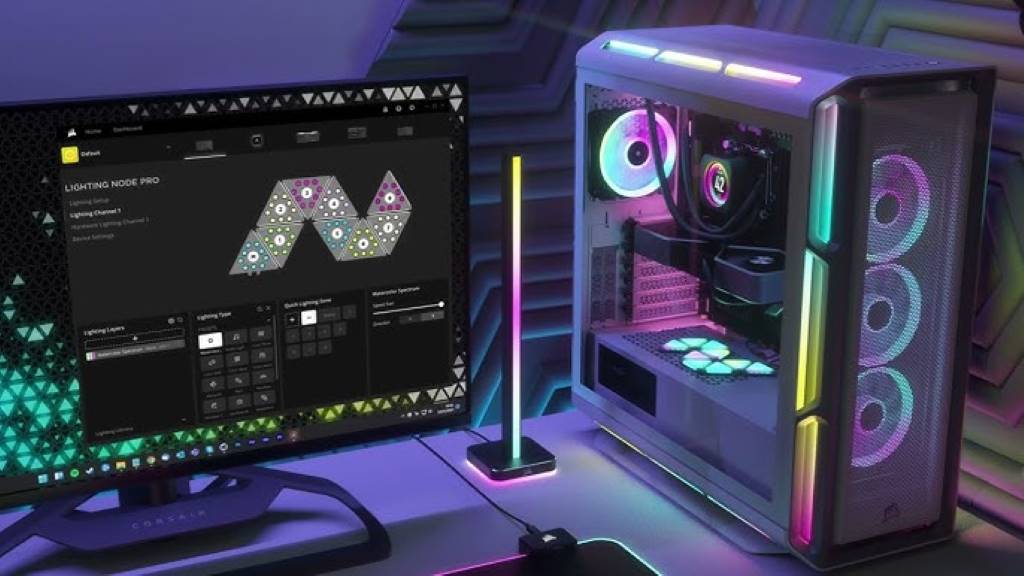
Breaking Down the Corsair GPU Anti Sag Bracket Features
Corsair packs smarts into this bracket. Let’s unpack.
Universal design leads. Fits 90% of cases. Variable height adjusts 20-50mm. Kickstand props the base. Contact pad grips soft. No scratches on your GPU holders.
Build quality shines. Aluminum frame. Black anodized finish. Weighs ounces. Holds pounds. Screws thread easy. No tools beyond a screwdriver.
Function and looks blend. Minimal profile. Clears motherboard tray. Side cable cover stays put. Mounts to four PCI slots below. Stable as a rock.
RGB ready. Slots for Corsair LC100. White version pairs with RGB LED lighting. Glows under the card. Ties to iCUE software. Sync colors. Active vibes.
Compatibility rocks. Works with Lian Li GB-001. Or TEUCER VC-5. Even aftermarket accessories. Gaming desks? No issue. Streaming essentials stay clear.
Height adjustment rules. Turn a knob. Arm rises. Fits case height, length, width. Item dimensions matter? Check: 150mm tall collapsed. Expands to 200mm.
Horizontal position options. Tilt the pad. Matches GPU angle. Vertical mount GPUs? Adapter clips on.
Screwing mechanism simple. M3 bolts. Torque light. No stripping.
Users love the spirit level add-on. Some kits include it. Levels your card perfect. Temperature display? Pair with fans for monitoring.
Magnetic anti-sags? Not here. But magnetic field safe. No interference with NVMe SSDs GEN 4.
In short, it’s more than a prop. It’s a build enhancer.
How to Install Your Corsair GPU Anti Sag Bracket Step by Step
Ready to mount? Follow these steps. Takes 10 minutes. Tools: Screwdriver. Patience.
- Power down. Unplug your PC. Open the case. Ground yourself. Static zaps kill parts.
- Remove the GPU. Unscrew from backplate. Gently pull from PCIe slot. Set aside safe.
- Find mount points. Look at motherboard tray. Pre-threaded holes below slots. Or use expansion slots covers.
- Attach base. Screw bracket foot to tray. Use two M3 bolts. Tight but not over. Check clearance for SATA ports.
- Adjust height. Loosen arm knob. Slide to GPU bottom height. Tighten. Use item depth measure: Aim for 5mm pad gap.
- Reinstall GPU. Slide into PCIe slot. Screw to case. Let it settle.
- Connect arm. Place pad under card end. Near fans. Tighten contact screw. Pad hugs firm.
- Level check. Eyeball it. Or use spirit level. Card straight? Good.
- Add lights. If RGB white. Clip LC100 panel to bracket top. Cable to header.
- Test. Boot up. Run a game. Monitor temps. No sag? Victory.
Tips: For FRAME 4000D, use Mini GPU Anti-Sag Mount. Attaches to side fan mounting bracket. Clears bottom fans.
For Lian Li O11 Dynamic, horizontal position helps. Avoids side cable cover clash.
Troubleshoot: If it wobbles, check screws. Product length too long? Trim arm if needed. Rare.
Video guides on Corsair site help. Search “install GPU support bracket.”
Related:
How to Tell If Your Power Supply or Motherboard Is Bad
Comparing the Corsair Bracket to Other Options
Market floods with choices. Sag brackets galore. How does Corsair stack?
Vs. EZDIY-FAB: Cheaper. But plastic arms flex. Corsair’s aluminum wins on strength.
Vs. upHere: RGB focus. Good for ARGB GPU support bracket fans. But less adjustable. Corsair’s height tweak edges it.
Universal GPU bracket rivals: Like Phanteks. Similar fit. But no lighting mount. Corsair ties to ecosystem.
Mini GPU Anti-Sag Mount: Corsair’s own mini. For short cards. Full version for beasts like RTX 4090.
Video Card Sag Holder Bracket generics: 4x mentions in searches. Basic. No polish. Corsair adds style.
GPU holders like ELV8: Niche. Magnetic anti-sags fun. But Corsair’s screw hold beats magnets for heavy lifts.
Pro: WORLD-CLASS SUPPORT. Corsair backs it. Forums full of tips.
Con: Less modular than Upgrade Kits. But for pure sag fix? Tops.
Pick based on case. Corsair 5000D? Perfect match. Modular case system? Adapts easy.
Best Cases and Builds for the Corsair GPU Anti Sag Bracket
Case choice matters. Some hug the bracket. Others fight it.
Top picks:
- Corsair 4000D series: Native fit. Motherboard tray holes align. Add side cable cover for clean wires.
- FRAME 4000D: Ships with Mini GPU Anti-Sag Mount. Swap for full bracket easy. Supports bottom fans setup.
- Lian Li O11 Dynamic: Glass beauty. Bracket hides neat. Clears vertical mount GPUs.
- Montech King 95 Pro: Spacious. Height adjustment shines. Fits Intel Core Ultra 9 builds.
For AMD Ryzen 9 rigs: Pair with good airflow. Bracket keeps card level over expansion slots.
Intel Processors? Same. All Processors/CPUs benefit.
High-end: RTX 4090 in Strix 4090 skin. Bracket handles the weight. No sag in photos.
Modular case system fans: Bracket bolts anywhere. Flexible.
Avoid tight minis. Case width under 200mm? Measure first. Item weight adds little bulk.
Build example: RGB white theme. White bracket. Corsair LC100 lights. Fans at the bottom pull cool air. Temps drop 4°C.
Another: Streaming setup. Bracket clears power banks below. Gaming desks mount stable.
Tips to Stop GPU Sag Before It Starts
Bracket in hand? Great. More tricks help.
- Choose reinforced slots. Modern mobos have metal backs. Reduces pull.
- Vertical mount when possible. Riser cables flip gravity. But watch heat.
- Balance weight. Zip-tie power cables up. Less tug.
- Check compatibility. Use “CHECK MY DEVICE” tools on sites. Fits your GPU?
- Regular checks. Every six months. Tighten screws. Eye for bends.
For heavy cards: Add flag pole style props if bracket misses.
Home page searches for “shopping carts” full of parts? Plan ahead.
WEB HUB forums like Reddit guide choices.
Advanced: RGB and Lighting with Your Bracket
Lights elevate builds. Corsair excels here.
Mount Corsair LC100 lighting panel direct. Screws clip on. iCUE controls colors. Sync to fans.
RGB LED lighting pulses under card. Highlights the straight line. No sag shadows.
For ARGB GPU Support Bracket vibes: White version glows clean. Matches RGB White themes.
Pair with RS MAX PERFORMANCE FANS. Bottom intake. Bracket clears path.
Caution: Pixel tracking scripts in software? Opt out for privacy preferences.
Active user sessions stay smooth. No lag from lights.
Maintenance and Long-Term Care for Your Setup
Install done? Keep it tip-top.
- Dust monthly. Soft brush on bracket. Avoid magnetic field mess.
- Update firmware. Corsair site for onboard profiles.
- Monitor operating parameters. Tools like HWInfo track temps.
- For upgrades: Intel CPU Upgrade Kits or AMD CPU Upgrade Kits. Bracket adapts.
- Floppy disks era over. But save old cables tidy.
Aftermarket accessories like this last years. Clean with microfiber.
Conclusion
GPU sag steals joy from builds. Heavy cards droop. Slots strain. Temps rise. The Corsair GPU anti sag bracket stops it cold. Sturdy arm. Easy adjust. Universal fit. Pairs with lights for flair.
You get straight cards. Cooler runs. Longer life. Builders swear by it. From RTX 4090 holders to slim Intel Core i3 setups.
Grab one. Install today. Your PC thanks you. Straighten that sag. Game on.
FAQs
What Causes GPU Sag in My PC?
Heavy graphics cards pull on the PCIe slot. Big coolers add weight. Vertical boards fight gravity. Result? Bend over time.
Does the Corsair Bracket Fit All Cases?
Yes, mostly. Universal design works with mid-towers like 4000D. Check case length and width. Adjusts to fit.
Can Sag Damage My Graphics Card?
It can. Stress cracks PCB. Loosens contacts. Heat builds uneven. Long-term? Failures rise.
How Do I Know If I Need a Support Bracket?
If your card dips over 5mm, yes. Heavy ones like 4090 always. Light cards? Optional but smart.
Is the Bracket Hard to Install?
No. 10 minutes. Screw base. Adjust arm. Contact pad. Tools? Just a driver.

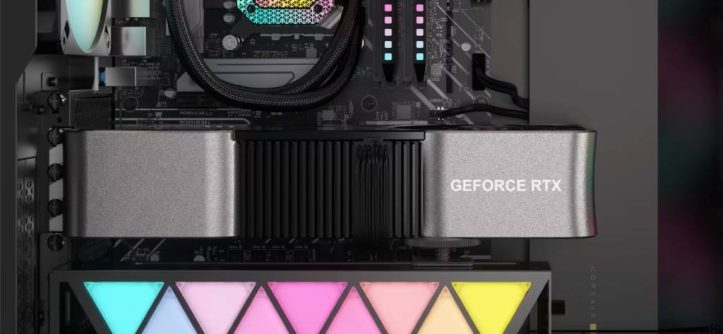
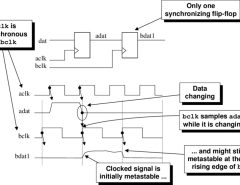
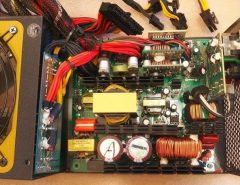
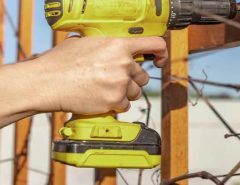
Leave a Reply